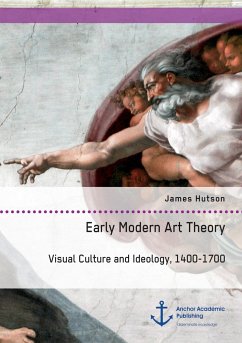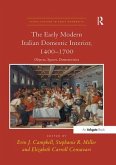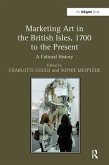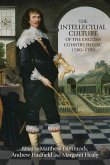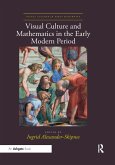The development of art theory over the course of the Renaissance and Baroque eras is reflected in major stylistic shifts. In order to elucidate the relationship between theory and practice, we must considering the wider connections between art theory, poetic theory, natural philosophy, and related epistemological matrices. Investigating the interdisciplinary reality of framing art-making and interpretation, this treatment rejects the dominant synchronic approach to history and historiography and seeks to present anew a narrative that ties together various formal approaches, focusing on stylistic transformation in particular artist's oeuvres - Michelangelo, Annibale Carracci, Guercino, Guido Reni, Poussin, and others- and the contemporary environments that facilitated them. Through the dual understanding of the art-theoretical concept of the Idea, an evolution will be revealed that illustrates the embittered battles over style and the overarching intellectual shifts in the period between art production and conceptualization based on Aristotelian and Platonic notions of creativity, beauty and the goal of art as an exercise in encapsulating the "divine" truth of nature.
Bitte wählen Sie Ihr Anliegen aus.
Rechnungen
Retourenschein anfordern
Bestellstatus
Storno

